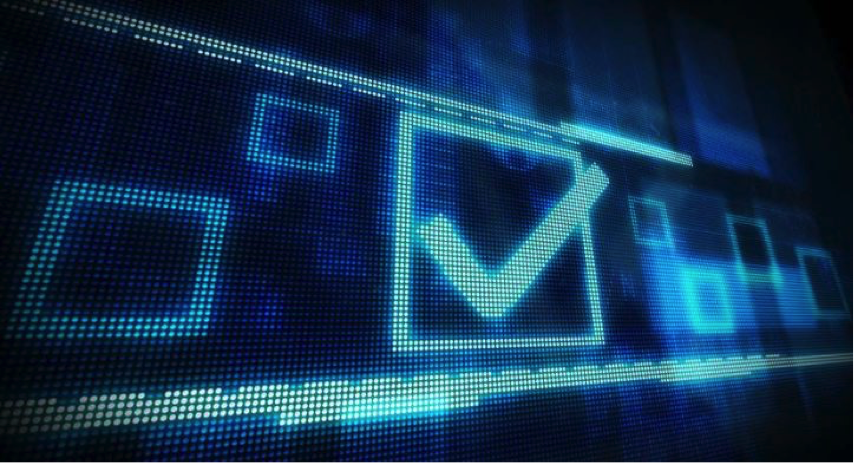How are applications leading the connected technology revolution?

Yash Mehta
The world, today, is running with the power of smartphones and with mobile devices nudging towards the connected technology, the apps are becoming the main force behind the acceleration of connected technology.
Many developers these days are focusing on building intuitive and advanced mobile apps for Android, Windows and iOS devices to provide secured communication, automatic control, business logics, monitoring of sensors, enhanced alerts, etc. For example, if you are working in an institution, the apps which are specific to the employees are becoming profound.
Many payroll programs and apps are being created to manage the financial information, access pay stubs, view tax forms. Even the intranet sites and tools are going to mobiles in the form of apps, contributing and hastening the connected technology, further using it for organisational distribution of information and intra-sector communication, says Yash Mehta is an IoT and Big Data Science expert.
Apart from that, the usage of connected technology is prevalent from industry to health care. People, these days are not going to doctors for minor things with the invention of medical devices. However, developing apps for these devices and connecting them with sensors to transmit all the data from the device to the app, also displays how the modern day applications are leading the connected technology.
According to a report made by MarketResearch.com, “The IoT market in the healthcare sector is going to hit around $117 billion in 2020.” While few industries are waiting to adopt the connected device technology still, few other industries are embracing the new trend that involves both risk and hope and here are the three major apps, existing that display the revolution.
- Tado: Many new homes today have an air conditioner. Tado is a smart remote control app for the dumb air conditioner. This app works with all the type of air conditioners, and it displays the current settings of the air conditioner like the fan speed, the mode, the target temperature. By using the location on your device, the temperature can also be automatically adjusted, and this new phenomenon is known as Geo-Fencing. This app turns your AC off when you are away and cools the temperature down even before you reach home based on the assumed time after collecting your daily routine every day. It also helps in saving 40% of the electric costs when connected to the cloud technology.
- TuTu App: Launched recently as an alternative app store, this lets you download all the connected home applications that are launched by the developers. Here, you don’t have to spend a penny from your pocket and can download home automation applications and even get hold of in-app purchases without spending real money. However, the amusing aspect of the TuTu App is that it brings lot of value for your automation requirement because of the additional features it holds. It acts as a Clean Master for your device while it clears the ram, manages the File Manager and also boosts the phone for a smooth functionality. This is because of the connected technology contained it which automatically transfers all the file data from the device to a flash storage and from the storage to the device. The inscribed toolbox manages the Bluetooth, Wi-Fi technology through which you can operate various devices in your home.
- Fitbit: Fitbit is the most downloaded health app since its release, and the reason is that it offers daily progress while keeping the users a step closer to the goals. With the connected technology, it keeps a track on the distance, the burnt calories, the active minutes spent and also recommends new activities to cover the trends. With Fitbit connected to the network, it records your sleep data and then uses the tools to set the goals, creates reminders, set wake targets, etc. The Fitbit app also connects multiple trackers to a single account using the cloud technology to track the days, as well.
 With Internet of Things penetrating in every sector and the market estimated to reach $7.1 trillion in 2020, according to the report by IDC; all the business of different sectors will develop mobile applications to support the connected devices. Therefore, the apps will integrate the data with the interfaces of IoT devices even in a tricky way to get the most out of the data sharing.
With Internet of Things penetrating in every sector and the market estimated to reach $7.1 trillion in 2020, according to the report by IDC; all the business of different sectors will develop mobile applications to support the connected devices. Therefore, the apps will integrate the data with the interfaces of IoT devices even in a tricky way to get the most out of the data sharing.
Thus, it will only be a while till we come across an app for each and everything under the sun probably, connecting to the networks of an organisation for data transfer; advancing the revolution of connected technology.
The author of this blog is Yash Mehta an IoT and Big Data Science expert. He is an award-winning writer appearing in many publications
Comment on this article below or via Twitter @IoTGN
